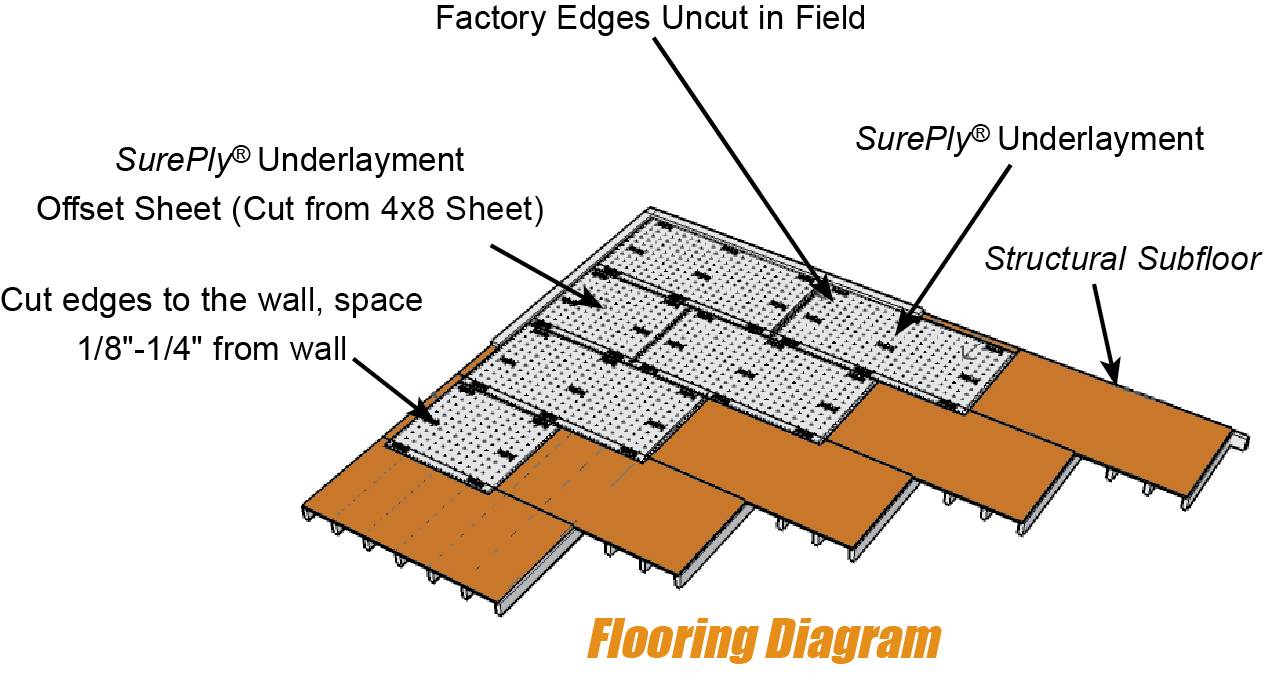Tile Roof Underlayment Nailing Pattern

How to install felt underlayment for a new roof.
Tile roof underlayment nailing pattern. Some roofers use regular roofing nails some use staples some attach it with hardly any nails at all using only a single nail every few feet. Corrosion resistant nails must be minimum 11 gauge with 5 16 inch heads and long enough to penetrate the sheathing by 3 4 inch typically 8d nails. Cut drip edge flashing at an angle at the corner press it lightly against the eave end not too hard or you will misshape it and drive a nail near the end. Nails are the least expensive and most common method for attaching concrete and clay tiles.
That s why we saved the best roof underlayment for tile roofs for last. If you so happen to have thicker underlayment 3 4 inch or more then use 4d ring shank nails. When nailing underlayment don t think that. For example inch underlayment calls for 3d ring shank nails every 3 inches along the edge and every 6 inches within the field of the underlayment.
Tile roofs are very common among users. Apply drip edge to the eave. Install the underlayment for the new roof tile next working with 10 foot sections at a time. Pick up packs of 3d ring shank nails.
It starts with installing solid decking usually plywood or oriented. Nailing the underlayment there has always been a lot of controversy in the construction industry on how to properly nail the underlayment or whether it s even necessary. To place the tiles nail them. Not only because they look good but they re also fairly priced nowadays.
Secure the underlayment with nails that are at least 2 inches from the edge of the roof. Use a chalkline or align it by eye to make sure it is straight then drive roofing nails every foot or so to fasten it to the sheathing. Installing a roof is much more than just nailing shingles onto some boards. A roofing underlayment usually has all the basic features you d want in 2020.
Tiles can be nailed either directly into the roof sheathing or tiles with lugs can be nailed to battens.














































